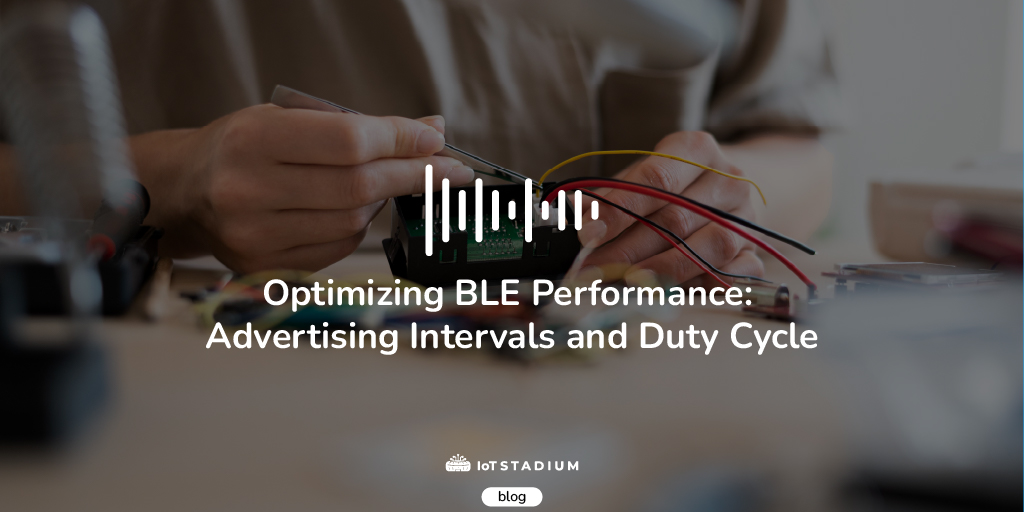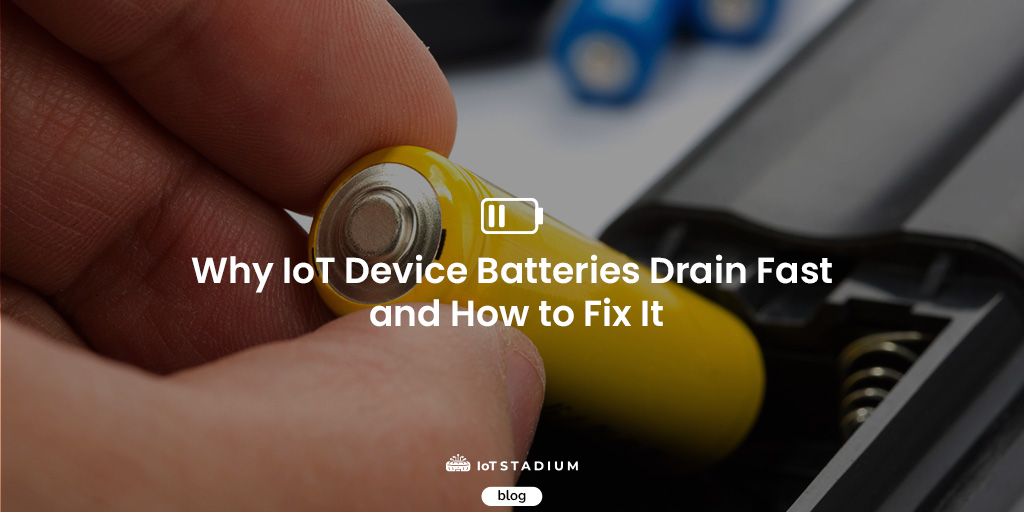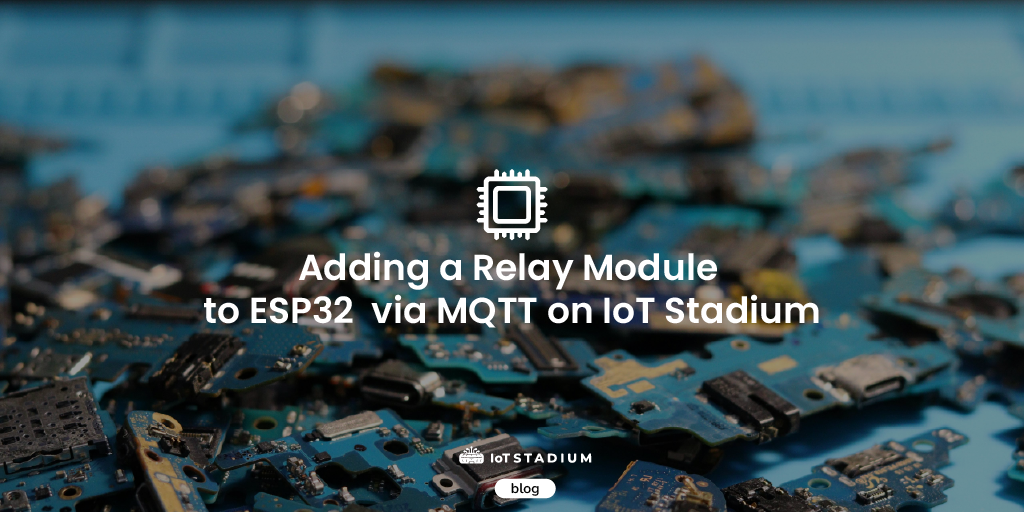Ever wonder why some BLE beacons can run for months while other die within weeks? The difference often comes down to one factor, the advertising interval.
The advertising interval determines how often a BLE device announces its presences to nearby scanners or gateways. In a nutshell, a short interval means the device is more responsive but consumes more battery power.
Meanwhile, a long interval means the device conserves more battery power but has a lower discovery rate or may even lose connection. For developers, these trade-offs make choosing the right interval crucial during the pre-deployment stage. Striking the right balance between responsiveness and battery life is what makes a BLE device truly efficient.
Therefore, this blog will provide several suggestions for implementation and if you want further information about the suggestion, you can click on the link in this article.
Understanding Advertising Intervals and Duty Cycle
The time between one advertising event and the next, when the BLE device communicates its presence, is referred to as an advertising interval.
According to Bluetooth specifications, this interval can range from 20 milliseconds to 10.24 seconds, adjustable in 0.625-millisecond increments. Each advertising event also includes a random delay of 0–10 milliseconds to prevent repeated collisions when multiple devices advertise simultaneously.
- Faster advertising (shorter interval, 20–100 ms): improves discovery speed and connection reliability but consumes more power.
- Slow advertising (longer interval, 1–10 s): lower power consumption and extend battery life but make devices slower to be discovered, especially in dense networks.
This timing is related to the duty cycle, which is the ratio between active transmission time and total operating time. A higher duty cycle consumes more energy, while a lower duty cycle extends battery life. For example, a beacon that advertises every 100ms operates with a duty cycle of around 1%. Stretch that to once per second, and the duty cycle drops to roughly 0.1%. Even a difference of just a few milliseconds can have an effect on how long a coin-cell battery lasts in continuous operation.
For example, asset trackers at hospitals, need to be updated more frequently to guarantee real-time location updates, whereas sensors on farms can advertise less frequently to save energy.
The ideal interval and duty cycle depends on what matters more for your device—fast connection or long battery life. Understanding this trade-off helps developers fine-tune BLE performance for the right balance between responsiveness and longevity and also the key to the IoT devices.
How to Optimize BLE Advertising Intervals for Better Efficiency
Optimizing BLE advertising intervals is all about balance — between speed and endurance, between discovery and efficiency. As mentioned, the interval affects how quickly a BLE device can be found and how long its battery will last. Too frequent, and your device will consume more energy. Too slow, and your device risks being detected slowly and experiencing misconnections. Every use case is different, so the best interval must be tested, not just calculated.
To achieve the right trade-off, several research and industry insights offer practical guidelines:
Wearables and beacons typically use intervals between 100 ms and 1 second In contrast, devices like environmental sensors or fixed monitors can extend intervals beyond 1 s, since they transmit data less frequently and are not time sensitive. The interval should reflect how responsive the device needs to be in its actual use case.
Dynamic interval adjustments can make a big difference in power savings. In this approach, a device starts with a short advertising period for quick connection and then transitions to a longer interval once paired or idle. This adaptive mechanism has been shown to lower power use by up to 40% without sacrificing discovery performance. It’s a practical way to keep devices efficient without redesigning their communication protocol.
Larger advertising packets or continuous use of all three advertising channels increase active radio time — which translates directly to higher energy use. By minimizing payload size and adjusting the advertising channel map efficiently, devices can sustain performance while cutting power waste. Even small tweaks
Finally, lab simulations don’t always capture real-world complexity. Factors such as RF interference, overlapping advertisers, and central scanning intervals can all influence discovery latency. Before finalizing settings, it’s best to test and profile your device in environments similar to its actual deployment conditions. Real-world testing ensures your optimizations deliver reliable performance where it matters most — in the field.
Ultimately, optimizing BLE advertising intervals is about understanding the trade-offs your device faces in the real world. A sensor mounted outdoors will have different priorities than a wearable tracking device. By tuning and testing iteratively, developers can discover that perfect balance between responsiveness and efficiency.
Conclusion
Setting the right advertising interval and duty cycle is not just about math Therefore, the best configuration is not only about coding, but also based on real-world conditions.
A device used in a factory, surrounded by metal and interference, will perform differently from a tracker used in an open space. The same settings that save power in one scenario might cause delays in another. That’s why optimization should always be data-driven and iterative, not static.
As BLE becomes a core part of the IoT ecosystem, developers who understand these trade-offs can design smarter, longer-lasting, and connected devices. The key lies in precision—balancing energy efficiency with responsiveness to build IoT solutions that last longer and work smarter.


